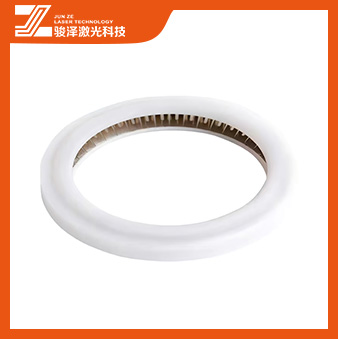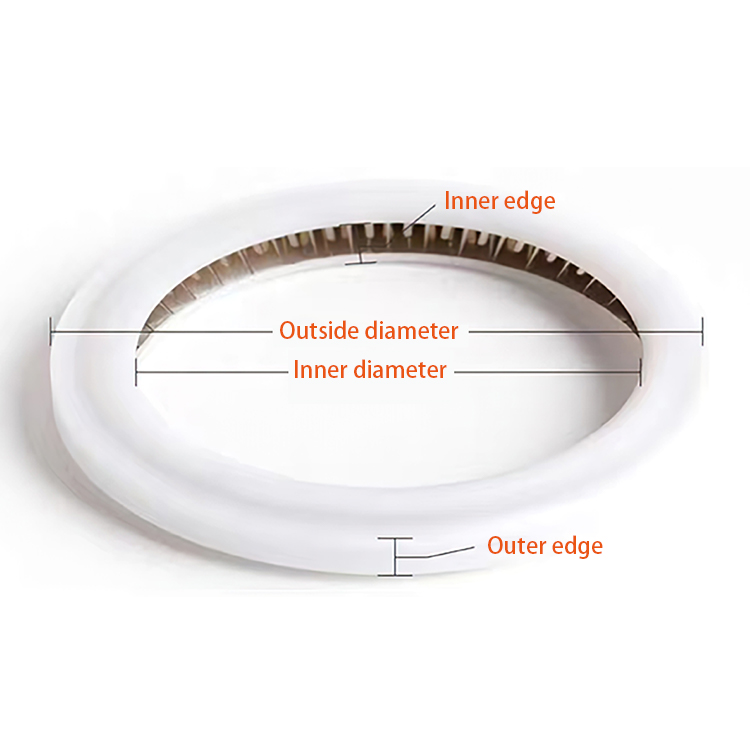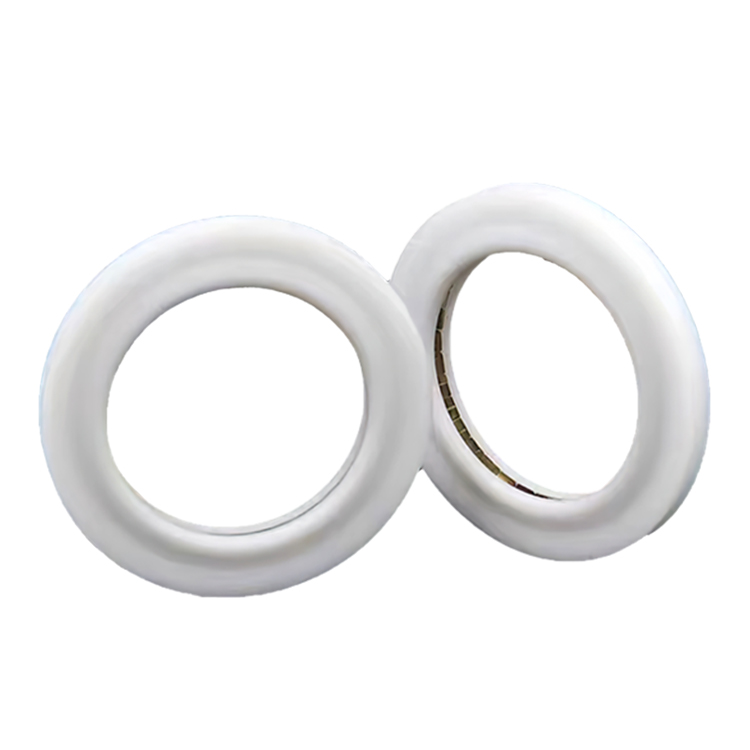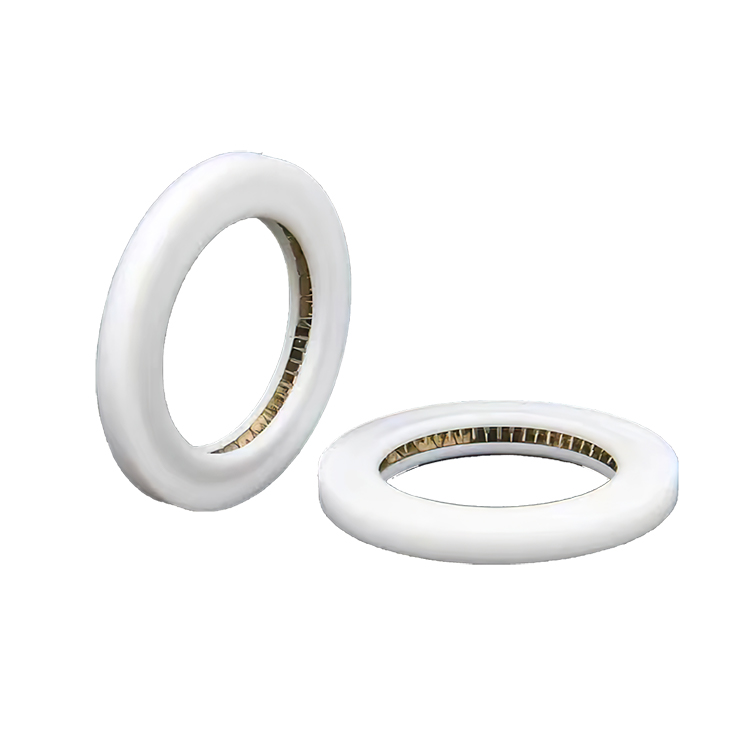Laser Sealing Ring
Kirin WSX AoSen Laser Sealing Ring
Imported PTFE material,Stainless steel Spring,Good sealing, smooth surface, low friction and good leakage prevention.
Kirin WSX AoSen Laser Sealing Ring
Laser sealing ring consists of a corrosion-resistant spring (typically a stainless steel spring) and a U-shaped filler material (usually PTFE or other high-performance polymeric materials) that together form a sealing ring. This seal design combines the properties of metal and plastic (or polymeric material) to provide excellent sealing effect.
During operation, laser sealing ring maintains a pre-compressed sealing state, and due to the actuating effect of the spring, it can overcome slight eccentricities in the metal mating surfaces and wear on the sealing lips, thereby continuously maintaining the expected sealing performance.
Made of metal and plastic (or polymeric material), laser sealing ring possesses high strength and rigidity, meeting the requirements for high-precision sealing.
Both the filler material (such as PTFE) and the metal spring exhibit excellent corrosion resistance, enabling them to maintain stable sealing performance in harsh environments.
Thanks to its outstanding sealing effect and wear resistance, laser sealing ring has a relatively long service life.
Laser sealing ring is widely used in various applications requiring high-precision and reliable sealing, such as laser equipment, aerospace, petrochemicals, and other fields.
Kirin WSX AoSen Laser Sealing Ring is a high-performance sealing component with advantages such as high precision, high strength, high rigidity, corrosion resistance, and long service life.

Product Parameter:
Style | Outside diameter | Inside diameter | Inner edge | Outer edge |
Kirin WSX AoSen Laser Sealing Ring | 20.5 | 16 | 2.5 |
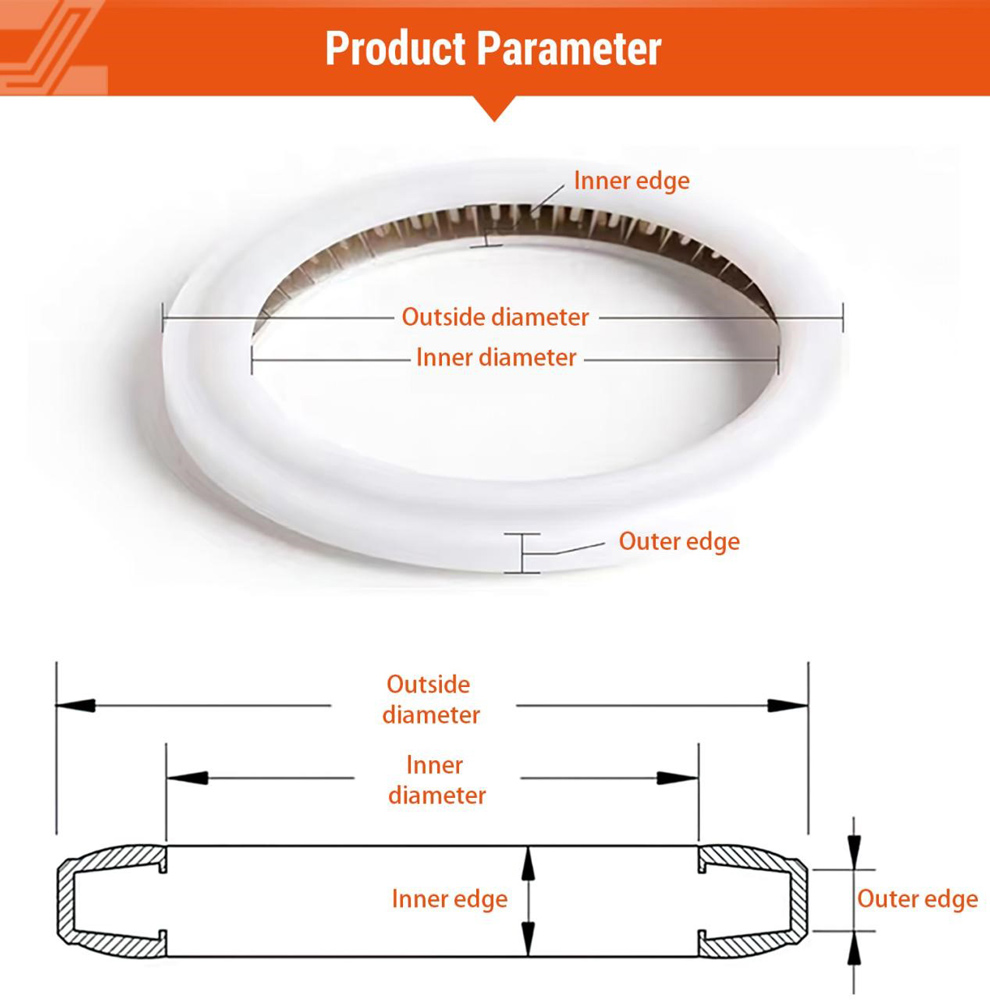


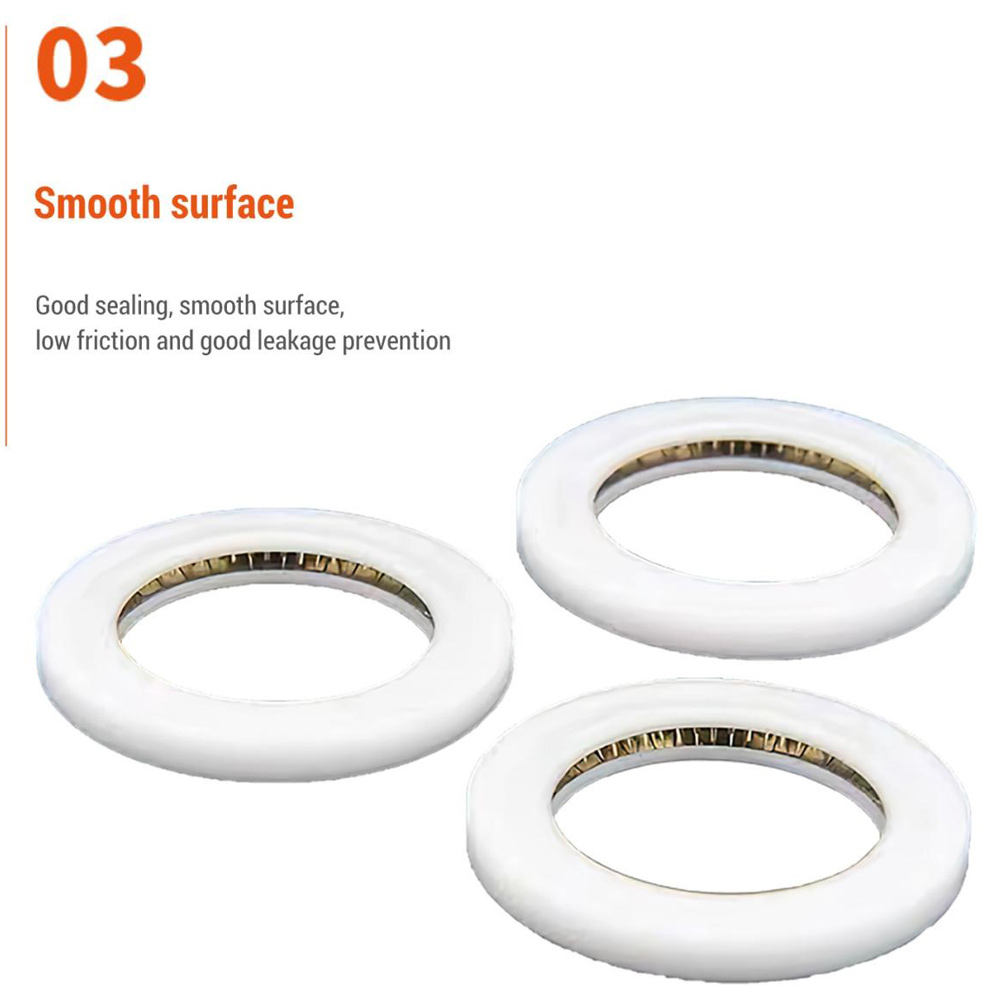
1.Removing the protective lens
After slightly removing the①fixing ring, remove the ②protective lenses.
Place the②protective lens cover in a clean container without contacting the lens surface with non-gas substances.
2.Cleaning the protective lenses
Clean the protective lenses with a dust-free cleaning rod dipped in isopropyl alcohol solvent, and then blow off the adhering particles and other foreign matter with clean air drawn from a leather tiger; Repeat several times until the lenses are clean;
If the protective lens is no longer cleanable or is damaged, it must be replaced with a new one.
3.Check the seal
Check that the seal is not deformed, or chipped, which could lead to air leakage. The seal must not fall to the ground or other dirty, dusty or rough environments.
4.Attach the protective lens
Place the cleaned ②protective lens carefully into the ④lens slot.
Place the ① fixing ring, being careful to check that the ③ seal is under the protective lens.
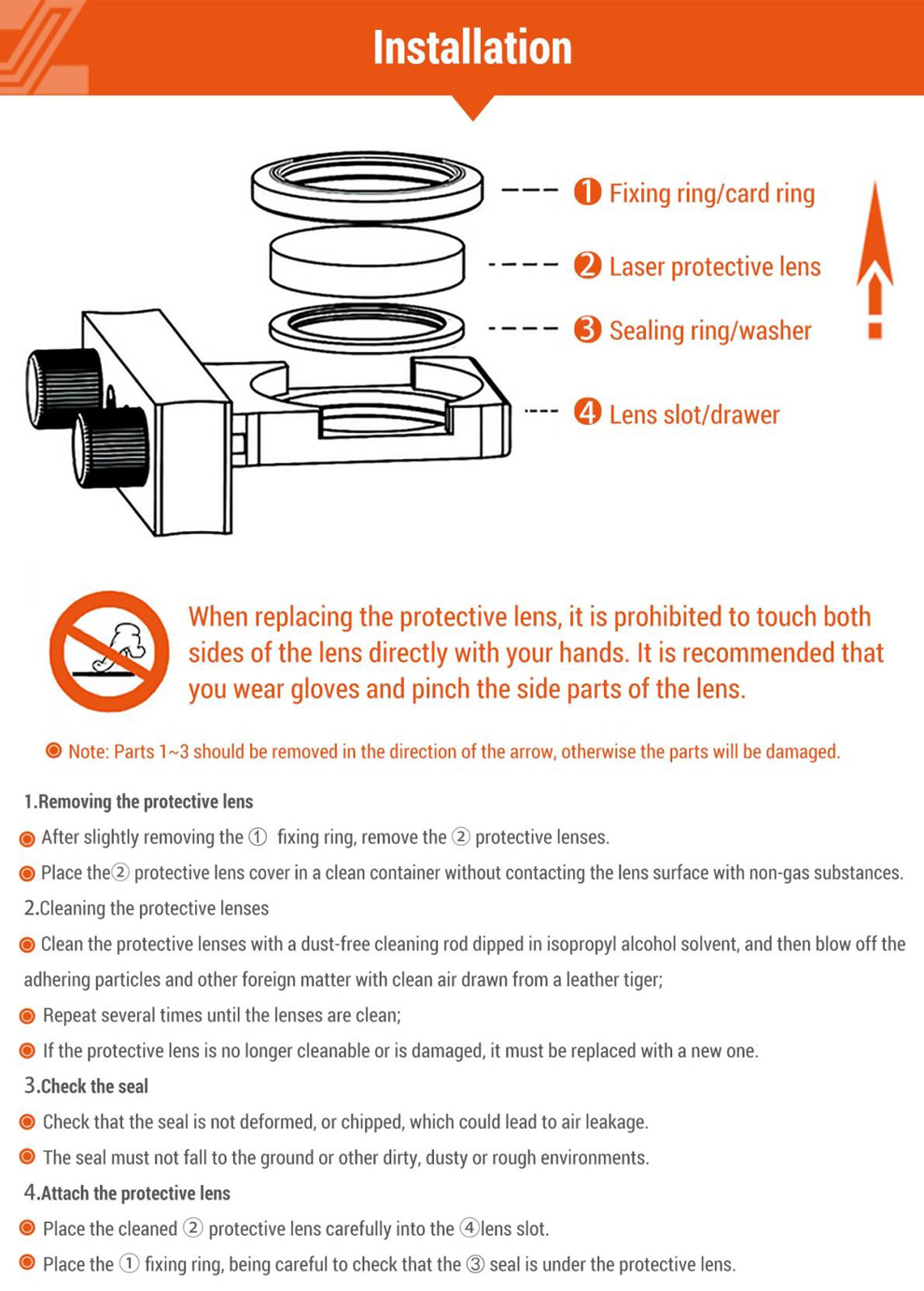
Related Products
Submitted successfully
We will contact you as soon as possible
Related News
Submitted successfully
We will contact you as soon as possible

